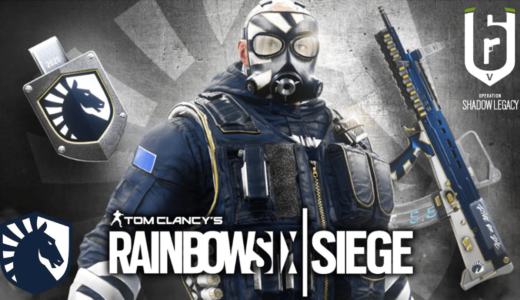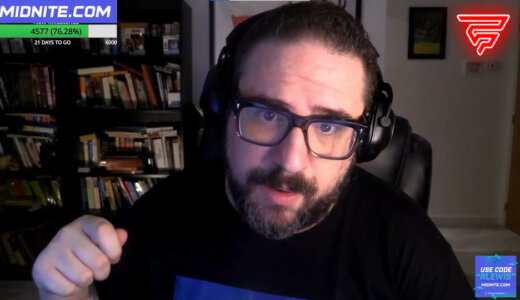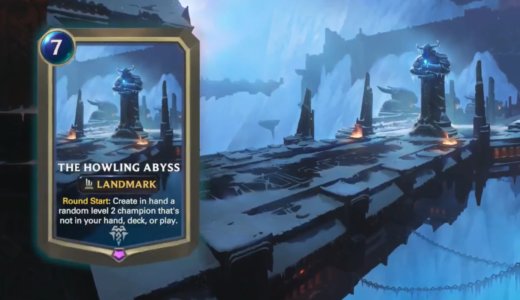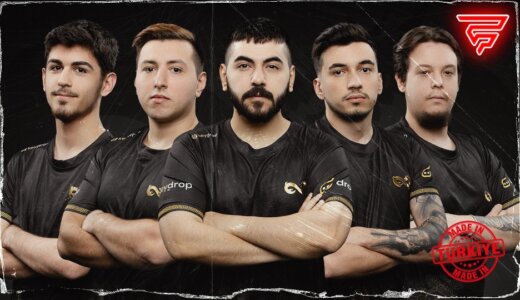Dota 2 is a complex game with thousands of in-game mechanics and factors that influence the outcome of the game. One fundamental macro-mechanic that you can learn is learning how to play the map.
This article is a part of our Learn DOTA series that tackles how to improve your gameplay by understanding macro-skills, in-game knowledge, and mechanics. In this one, we focus on the importance of shoving lanes by clearing creep waves to gain map control.
Dota 2 Map Mechanics
The map in DOTA 2 is rigorously designed and engineered for competitiveness between the Radiant and Dire side of the map. The objectives of the game are two teams that are trying to push waves and enemy towers in order to destroy the enemy ancient, which ultimately wins the game.
The map is composed of three lanes: the mid lane, and the side lanes (two mirrored safelane and off lanes respectively). These lanes are protected by three towers that fend off enemy creep waves, and provide bonuses to allies in an AoE. In between the lanes are jungle camps that are composed of neutral creeps that players can farm for extra gold and experience.
Maximizing efficiency
There are multiple approaches and strategies to winning a game, but it all boils down to who gets to the enemy ancient first. And the only way to do that is by clearing enemy creep waves, paving the way for your own wave to creep closer to the enemy base.
However, DOTA 2 is a game of timings— the gameplay is much more complex because the enemy is trying to achieve the same goal as you. Clearing lane creeps shoves the lane equilibrium into the enemy side of the map. This is one of the best ways to gain the upper hand versus the enemy team. This is simply because when lanes are pushed, you have more options to work with.
It is important to understand the importance of shoving waves at any point of the game. For example, here are a few advantages that shoving lanes give your team:
- Opens up places to farm (more gold and experience)
- Forces a reaction from enemies to defend
- Denies enemy pushes
- Opens opportunities to claim contested areas on the map

Having the lanes pushed gives you more map control: more camps to farm, more places to maneuver
Controlling the map in DOTA snowballs into other advantages such as net worth and experience leads, but most importantly it gives you offensive and defensive options. For example, when you shove lanes, you are basically forcing a period wherein the enemy team is not allowed to take towers on your side because they have no creeps— they have to clear yours, and wait for them to walk to your side of the map. In the meantime, your cores are having the time of their lives taking every jungle camp away from pressured lanes because the enemy will have no choice but to defend.
The famous ratting strategy used by Alliance in Game 5 of the TI3 grand finals is a great example of leveraging lane pressure. The competing Na`Vi team had no chance to capitalize on their teamfight wins because the lanes were always pushed in against them due to continuous lane pressure applied by Nature’s Prophet and the Io Relocate.
Exceptions to the rules
In understanding DOTA macro-mechanics, you always have to keep in mind that there is always the risk of the opponent reading your moves if you try to maximize farming efficiency 100%. And while this may be less applicable in lower ranks, having the game sense is extremely helpful in improving as a player.
Efficient carry players are often those who understand how they can help their team from afar by pressuring lanes. However, the great ones are those who can consistently read the current state of the map and adjust their farming patterns on the fly.
For example, without vision you shouldn’t try to push a creep wave closer to the enemy side of the map. However, there are instances where taking that risk and forcing enemy reactions is better than losing a Tier 3 tower.
Conclusion
Controlling the map is a back-and-forth attempt that will result in trading controlled farming areas, seizing Roshan control, and pushing towers, but pressuring lanes is a prerequisite (or a result) for all of these. Gaining map control by shoving creep waves is by far one of the most intuitive but effective macro-skills to understand to improve your game.







